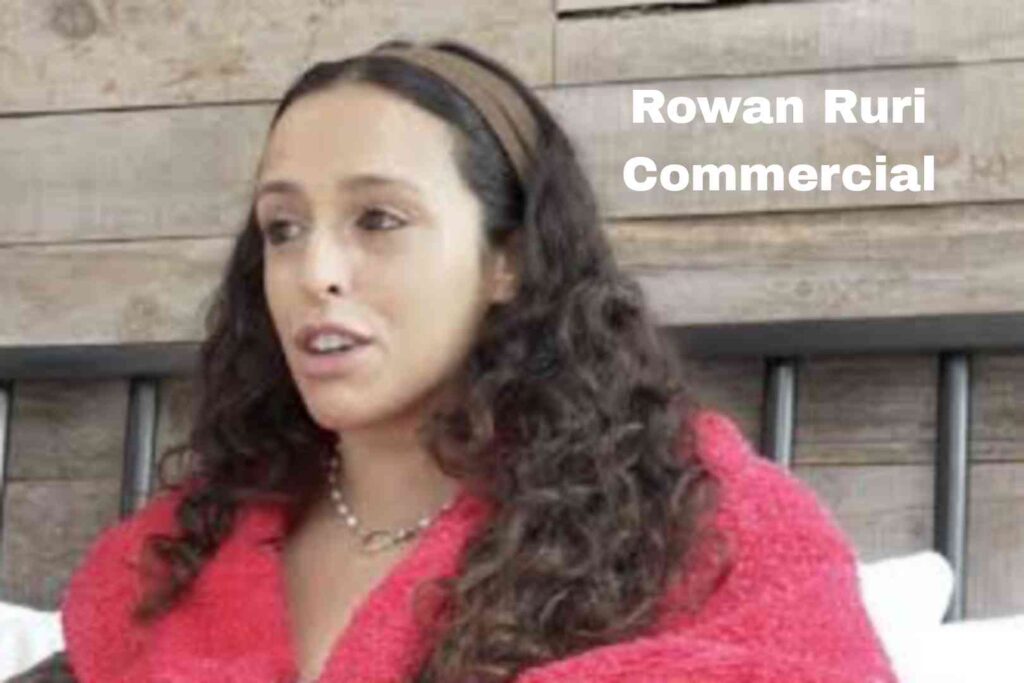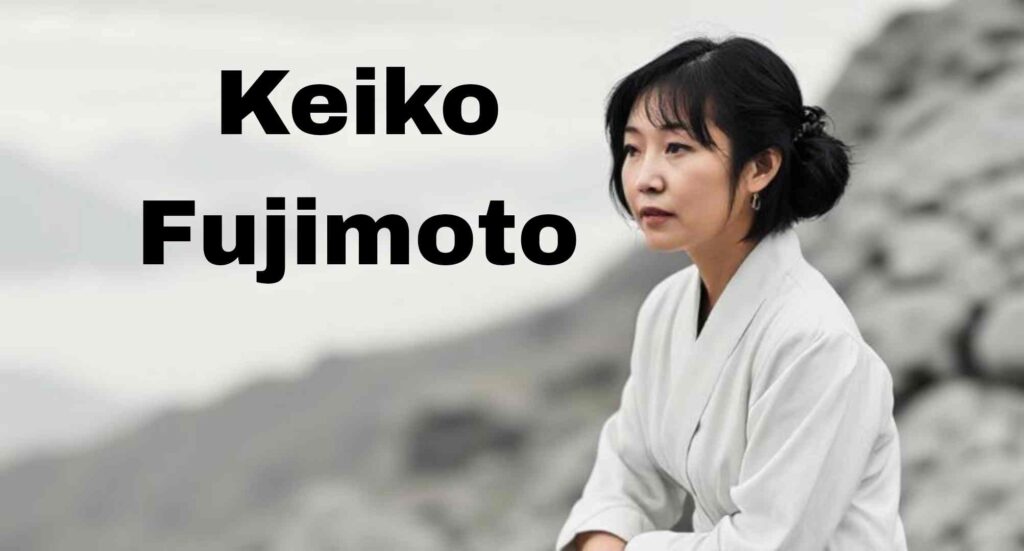The term Rowan Puri commercial has gained attention recently, often associated with a growing trend in storytelling and biographical content. Rowan Puri is known for producing high-quality content that blends personal stories with brand narratives. In this article, we explore the broader purpose of biographies and how the Rowan Puri commercial strategy uses life stories to create impact. Biographies have been around for centuries, helping people understand the lives of remarkable individuals. But today, they’re more than just a literary form—they’re a strategic tool. Whether used for educational, inspirational, or promotional purposes, biographies help shape public perception. Rowan Puri’s commercial approach to biography emphasizes the power of authentic storytelling in business and media. From brand documentaries to personal career journeys, these narratives now influence how companies market and individuals build personal brands. Let’s dive into why biographies are more relevant than ever, especially in the commercial space.
What Is a Biography?
A biography is a detailed account of a person’s life, typically written by someone else. It includes important events, personal challenges, achievements, and influences that shaped the individual. Biographies are usually chronological, beginning with birth and moving through childhood, adulthood, and major life milestones. This format gives readers a structured view of someone’s journey and how their experiences contributed to who they became. While biographies often focus on historical figures, modern biographies may highlight contemporary leaders, entrepreneurs, or even influencers. The commercial use of biographies, as seen in Rowan Puri’s commercial projects, takes the core elements of traditional biographies and adapts them for modern audiences—especially in video and digital formats. Today’s audiences don’t just want facts—they want emotionally compelling narratives. Biographies fulfill that need by offering both context and insight into a person’s motivations. Understanding what a biography is sets the stage for exploring its purpose in more detail.
Why Do We Write Biographies?
Biographies are written to inform, inspire, and connect people. They provide valuable insights into someone’s personal and professional life, often with the goal of teaching lessons or preserving legacy. For centuries, biographies have been a way to learn about great thinkers, leaders, and creators. In the commercial space, like in Rowan Puri’s work, biographies serve to humanize brands and public figures. They highlight real struggles and achievements, which can help audiences build trust and feel more connected to a person or company. Biographies aren’t just stories—they’re bridges. They link generations, ideologies, and even cultures. By showcasing life stories, they help readers or viewers relate to people from different backgrounds. When we write biographies, we create a mirror that reflects not only the subject’s life but also the human experience. This purpose makes biographies enduring, relevant, and deeply powerful in a wide range of contexts.
Biographies as Tools for Inspiration
One of the most common reasons people read or watch biographies is to feel inspired. Biographies showcase the resilience of the human spirit. They tell stories of struggle, perseverance, and triumph. Whether it’s a tech entrepreneur overcoming failure or an artist chasing their dream, these stories can uplift audiences. In the Rowan Puri commercial model, inspiration is a central theme. The content isn’t just informative—it’s emotionally resonant. Through strategic storytelling, biographies inspire others to follow their passions, take risks, and learn from the journeys of those who came before them. Inspiration can be a powerful motivator, and that’s why biographies remain a popular medium in both literature and media. They show that success isn’t always a straight line and that setbacks are often part of the journey. Through these examples, audiences are reminded that they too can achieve great things, no matter where they start.
Education Through Biographies
Biographies also serve as educational tools. They teach history, social issues, ethics, and leadership. By reading about someone’s life, students can gain a deeper understanding of cultural and historical contexts. For example, learning about Martin Luther King Jr. through a biography offers more insight than a simple timeline of events. Rowan Puri’s commercial content uses biography to educate in a modern format. Through visual storytelling and expert interviews, these commercial biographies provide a learning experience that feels personal and engaging. This method appeals to visual learners and younger audiences who might not read traditional books. Biographies make education relatable by connecting lessons to real people and real-life decisions. They illustrate cause and effect in ways that abstract theories cannot. Whether used in classrooms or corporate training, biographies make knowledge tangible and memorable. In this way, they extend beyond inspiration and become tools for long-lasting learning.
Preserving Historical Legacy
One of the traditional purposes of biographies is to preserve the legacy of influential individuals. By documenting a person’s life story, we ensure that their impact is not forgotten. This is especially important for leaders, innovators, artists, and activists. Their stories serve as a historical record, informing future generations about how the world changed and who helped shape it. Rowan Puri’s commercial work often blends this preservation goal with modern media techniques. These narratives don’t just look backward—they connect the past with the present, showing how a person’s life continues to influence the world today. Whether it’s a business founder or a social reformer, capturing their biography helps cement their place in history. Legacy preservation isn’t just for the famous, though. Everyone has a story worth telling. Through personalized biographies, families, businesses, and communities can keep memories alive and pass down lessons that might otherwise be lost.
Commercial Use of Biographies
In today’s digital age, biographies have taken on new roles—especially in the commercial world. Companies use personal stories to build brand identity, gain audience trust, and differentiate themselves from competitors. The Rowan Puri commercial approach is a great example of this trend. By focusing on authentic life stories, brands can create content that feels genuine rather than promotional. Commercial biographies can take the form of founder stories, behind-the-scenes documentaries, or customer testimonials. These aren’t just ads—they’re narratives that connect emotionally. For startups and small businesses, a well-told biography can be more powerful than a traditional marketing campaign. It shows the human side of the brand, the struggles behind the success, and the values that drive the mission. This authenticity is what today’s consumers crave. Commercial biographies prove that storytelling isn’t just for entertainment—it’s also a powerful business tool.
The Role of Biographies in Marketing
Modern marketing increasingly relies on storytelling, and biographies offer the perfect structure for compelling narratives. In the world of Rowan Puri commercials, biographies are used to shape brand perception and foster emotional engagement. Marketing isn’t just about selling a product anymore—it’s about selling a story. When customers learn about the founder’s journey, the brand’s origin, or the community impact, they feel more connected. This emotional bond can increase brand loyalty and customer retention. Biographies also offer transparency. They show what’s behind the curtain—whether it’s years of hard work, ethical values, or personal transformation. That kind of honesty builds trust in a crowded market. Moreover, biographical marketing works across platforms: websites, YouTube, social media, and even LinkedIn. It’s versatile, memorable, and effective. By integrating biographies into marketing strategies, businesses and individuals can stand out in a sea of generic content.
How Rowan Puri Commercializes Biographical Content
Rowan Puri has carved out a niche by creating commercial content rooted in personal stories. His approach combines video production, storytelling expertise, and brand strategy to deliver biographies that do more than just inform—they convert. Each Rowan Puri commercial takes a real-life journey and translates it into visual storytelling with cinematic quality. These narratives often highlight the “why” behind a brand or professional figure, tapping into the emotional core of the audience. His work demonstrates that biographies can drive commercial success without compromising authenticity. By working closely with entrepreneurs, artists, and change-makers, Rowan Puri ensures the content stays true to the subject’s voice while also serving strategic business goals. The result? A win-win: audiences are inspired, and brands gain credibility and visibility. Rowan Puri’s model is a strong example of how biographies can evolve from static stories into dynamic marketing tools in today’s content-driven economy.
Final Thoughts: The Value of Telling Life Stories
In conclusion, the purpose of biographies has expanded dramatically in recent years. From inspiration and education to historical preservation and commercial marketing, biographies remain a vital form of storytelling. The Rowan Puri commercial approach shows how modern creators can use biographical content to inform, engage, and build trust. Whether you’re a business looking to tell your origin story, a public figure sharing your journey, or an individual preserving family history, a well-crafted biography has lasting value. In a world where content is everywhere, authenticity stands out. Biographies, when done right, provide that authenticity. They connect us to the human side of success and struggle, making them powerful tools across industries. As technology continues to evolve, so too will the way we tell and share these stories. But the core purpose remains unchanged: to celebrate life, share lessons, and leave a meaningful legacy.



